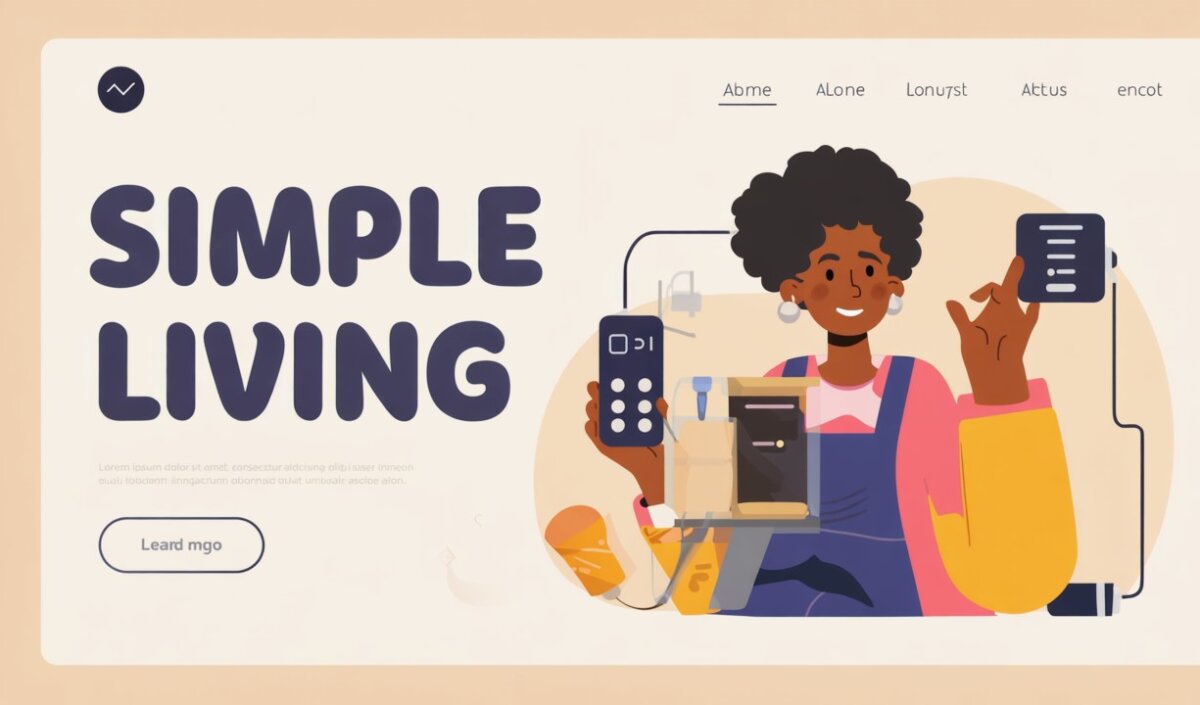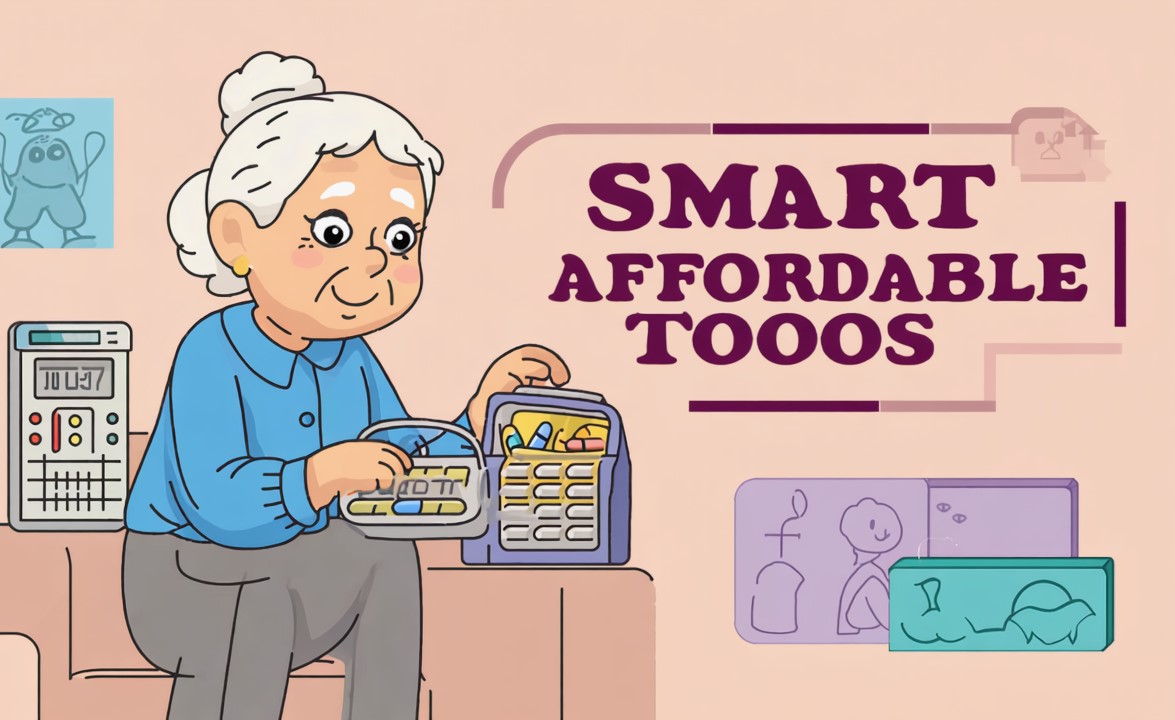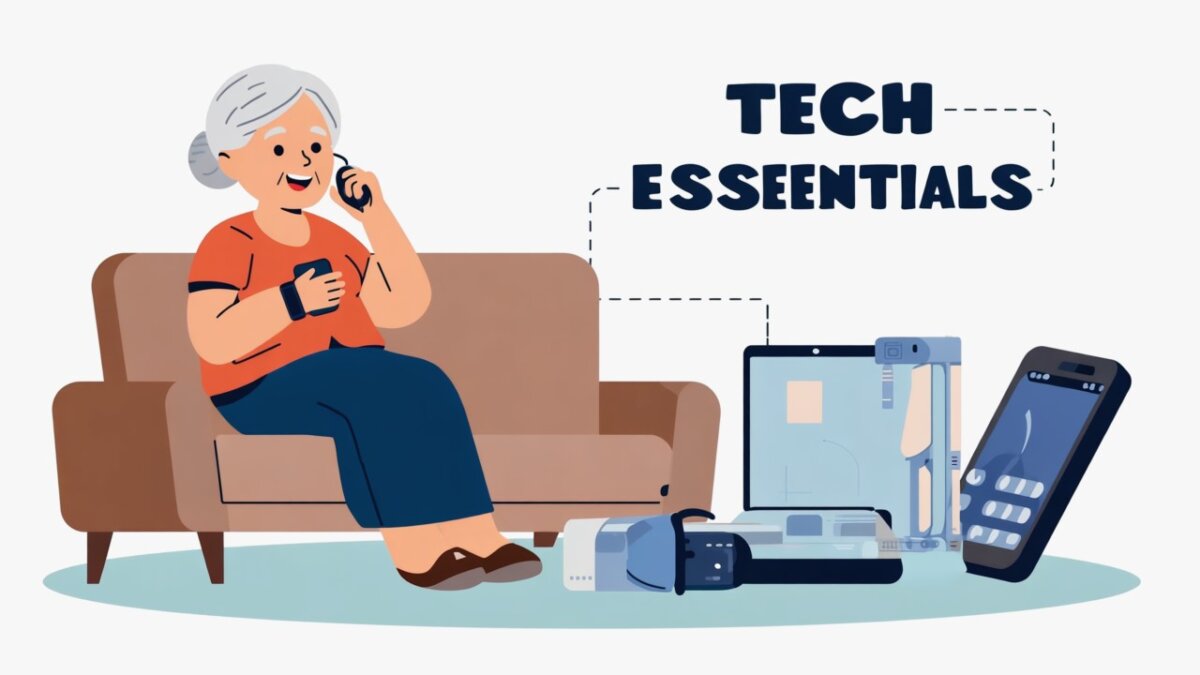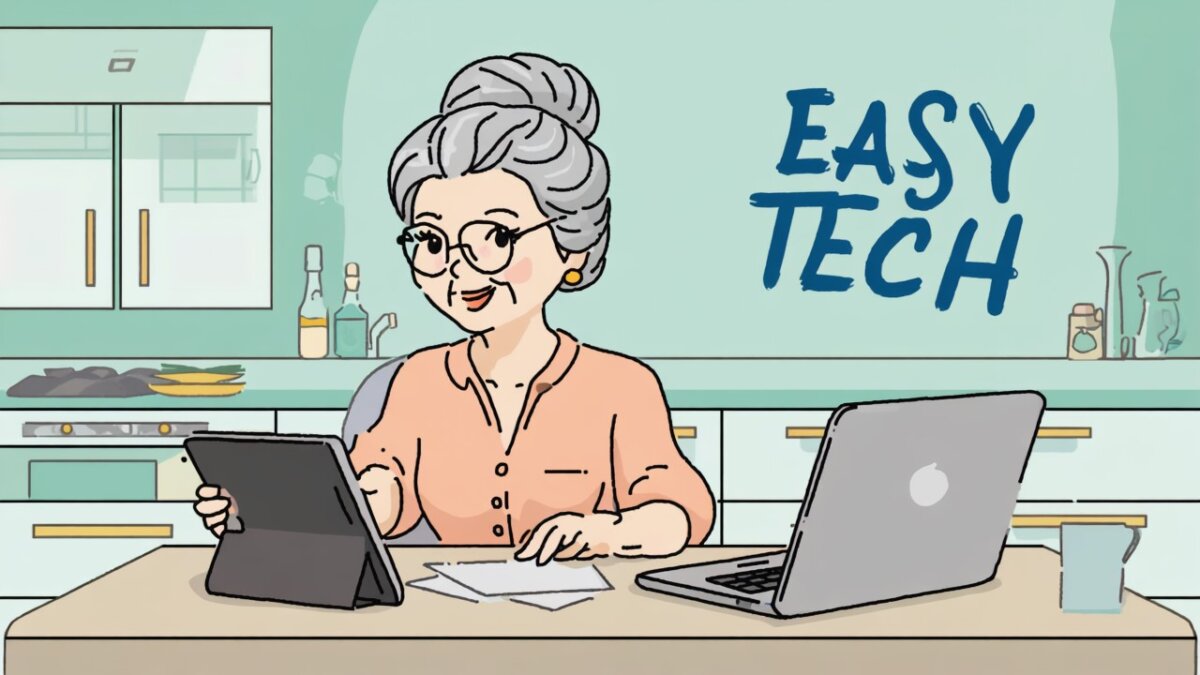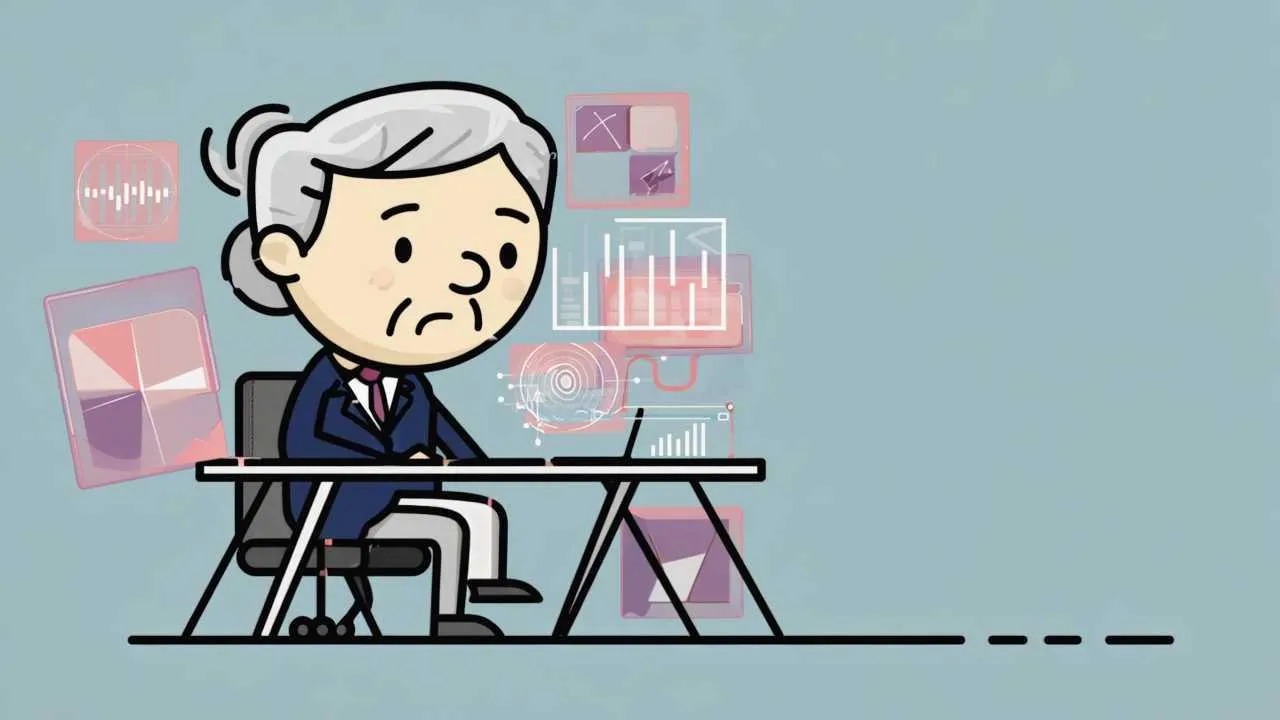
Visual Art by Artani Paris | Pioneer in Luxury Brand Art since 2002
The anxiety about artificial intelligence replacing jobs is real, especially for seniors in the workforce. In 2025, AI has advanced rapidly, but the reality is more nuanced than headlines suggest. Whether you’re still working at 60+, planning retirement, or re-entering the workforce, understanding AI’s actual impact on your career is essential. This comprehensive guide examines which jobs are truly at risk, which are safe, and how seniors can not only survive but thrive in an AI-augmented workplace. You’ll discover practical strategies to AI-proof your career, leverage your decades of experience, and position yourself as indispensable in the age of automation.
Understanding AI’s Current Capabilities in 2025
Before addressing job displacement fears, let’s establish what AI can and cannot do in 2025. Artificial intelligence has made remarkable strides in specific areas: data analysis, pattern recognition, language processing, and routine task automation. Tools like ChatGPT, Claude, and industry-specific AI systems can now write reports, analyze financial data, generate code, and even provide customer service.
However, AI still struggles significantly with tasks requiring emotional intelligence, complex judgment, creative problem-solving in novel situations, and understanding nuanced human contexts. A 2025 McKinsey study found that while AI can automate approximately 30% of tasks across most occupations, complete job automation affects only about 5% of all jobs. For seniors with 30-40 years of experience, your accumulated wisdom, relationship skills, and contextual understanding remain irreplaceable assets.
The technology excels at handling repetitive, rules-based work with clear parameters. It falters when situations require empathy, ethical judgment, reading between the lines, or drawing on deep industry experience. Your years of navigating workplace politics, managing crises, and building trust with colleagues and clients represent skills AI cannot replicate. Understanding this distinction is the first step in positioning yourself strategically.
| What AI Does Well | What AI Cannot Do | Your Senior Advantage |
|---|---|---|
| Data processing and analysis | Understand emotional context | Decades of relationship building |
| Routine report generation | Navigate office politics | Institutional knowledge |
| Pattern recognition | Make ethical judgments | Wisdom from experience |
| 24/7 availability | Build genuine trust | Reputation and credibility |
| Fast calculations | Mentor and inspire | Teaching and guiding skills |
| Language translation | Handle unprecedented crises | Crisis management experience |
Jobs Most at Risk: What the Data Shows
Research from MIT, Oxford, and leading consultancies has identified specific job categories facing higher automation risk. For seniors, understanding which roles are vulnerable helps you make informed decisions about career pivots, skill development, or retirement timing. The highest-risk positions share common characteristics: highly repetitive tasks, minimal human interaction requirements, and rule-based decision-making.
High-Risk Categories (60-80% automation potential): Data entry clerks, telemarketers, bank tellers performing routine transactions, assembly line workers, bookkeepers handling straightforward accounts, and customer service representatives managing simple inquiries. If your job involves primarily entering information into systems, following strict scripts, or performing identical tasks daily, AI poses a significant threat within 3-5 years.
Moderate-Risk Categories (30-50% automation potential): Paralegals doing document review, financial analysts creating standard reports, administrative assistants scheduling meetings, retail workers in checkout positions, and transportation/delivery drivers. These roles will likely evolve rather than disappear entirely. AI will handle routine aspects while humans manage exceptions, complex situations, and relationship elements.
Low-Risk Categories (5-20% automation potential): Healthcare providers requiring physical presence, teachers and trainers, creative professionals, managers and executives, skilled tradespeople, and roles requiring complex problem-solving. For seniors in these fields, your job security remains relatively strong. The key is adapting how you work with AI as a tool rather than viewing it as a replacement.
A critical insight from 2025 research: age discrimination combined with AI adoption creates compound risk for senior workers in vulnerable positions. Employers may use “modernization” as cover for pushing out older employees. However, age discrimination laws still apply, and companies need your institutional knowledge during AI transitions. Understanding your rights and strategic value is essential.
The Skills That Keep You Irreplaceable
Your survival and success in an AI-dominated workplace depends less on competing with machines and more on emphasizing uniquely human capabilities. As a senior professional, you possess skills that took decades to develop and cannot be programmed into algorithms. Recognizing and actively showcasing these abilities positions you as indispensable regardless of technological advances.
Emotional Intelligence and Relationship Management: Your ability to read a room, understand unspoken concerns, build trust over time, and navigate interpersonal conflicts represents irreplaceable value. AI cannot sense when a colleague is struggling personally, know which clients need extra attention, or mediate disputes with the nuance human relationships require. If you’ve spent years cultivating networks, mentoring younger employees, or managing difficult personalities, these skills become more valuable as AI handles technical tasks.
Strategic Thinking and Complex Judgment: AI excels at optimization within defined parameters but struggles with ambiguous situations requiring judgment calls. Your experience making decisions with incomplete information, balancing competing priorities, and considering long-term implications that aren’t immediately obvious gives you an edge. When faced with unprecedented situations—and every workplace faces them regularly—human judgment remains essential.
Institutional Knowledge and Context: You understand why certain procedures exist, what failed in the past, who the key stakeholders really are, and how to get things done in your organization’s unique culture. This tacit knowledge cannot be easily transferred to AI systems. Companies eliminating senior employees often discover too late that critical institutional memory has walked out the door. Document your knowledge strategically, making yourself the essential bridge between past and future.
Ethical Reasoning and Values-Based Decision Making: AI operates on algorithms and training data, but human work frequently involves ethical dilemmas with no clear right answer. Your years of experience navigating gray areas, understanding stakeholder impacts, and making decisions aligned with organizational values represent capabilities AI cannot replicate. As companies grapple with AI ethics themselves, having senior voices in decision-making becomes increasingly important.
- Mentorship and Knowledge Transfer: Training junior employees, passing on industry wisdom, and developing talent
- Crisis Management: Handling unexpected situations drawing on pattern recognition from decades of experience
- Creative Problem-Solving: Generating innovative solutions by connecting disparate experiences and insights
- Client Relationship Management: Maintaining long-term relationships built on trust and understanding
- Cultural Translation: Bridging generational gaps and helping organizations navigate change
- Quality Control and Oversight: Catching errors and inconsistencies AI might miss
How to AI-Proof Your Career: Practical Strategies
Rather than fighting AI adoption, smart seniors position themselves as AI-empowered professionals who combine technology’s efficiency with human wisdom. This approach makes you more valuable, not less, as organizations implement AI tools. The goal is becoming proficient enough with AI to amplify your capabilities while emphasizing the human skills that differentiate you.
Strategy 1: Become an AI Power User
Learn to use AI tools relevant to your field as productivity enhancers. If you’re in finance, master AI-powered analytics platforms. In healthcare, understand AI diagnostic support tools. For administrative roles, become expert in AI scheduling and workflow management. When you demonstrate capability using AI to do your job better—not replacement but enhancement—you become the model for how AI should be implemented. Companies need champions who can train others and troubleshoot adoption challenges.
Strategy 2: Position Yourself as the AI Supervisor
AI systems require human oversight, error checking, and quality control. Volunteer to become the person who reviews AI outputs, catches mistakes, and ensures quality standards. This role leverages your experience while building new skills. You become essential as the bridge between AI capabilities and organizational standards. Document instances where your oversight prevented problems—this demonstrates ongoing value.
Strategy 3: Emphasize Relationship-Dependent Aspects of Your Role
Actively shift your job focus toward elements requiring human connection. If you’re in sales, emphasize relationship building over transaction processing. In management, focus on mentoring and team development. For consulting work, highlight strategic advisory over routine analysis. Make yourself visible in roles AI cannot fill: client dinners, mentorship programs, conflict resolution, and organizational culture initiatives.
Strategy 4: Document and Share Your Institutional Knowledge
Create systems for capturing your experience: write process guides, record video tutorials, develop training materials, and maintain knowledge bases. This seems counterintuitive—won’t documenting everything make you replaceable? Actually, it demonstrates your value while making you the go-to resource for interpreting and applying that knowledge. AI can store information but needs humans to understand context and application.
Strategy 5: Develop Complementary Skills
Identify skills that work alongside AI rather than compete with it. Learn prompt engineering (how to get better AI outputs), understand AI limitations and biases, develop data literacy, and improve your ability to synthesize AI-generated information into actionable insights. These meta-skills become increasingly valuable as AI adoption accelerates.
| Career Stage | AI-Proofing Strategy | Timeline |
|---|---|---|
| Still 5+ years from retirement | Invest in AI skills training, position as AI champion | 3-6 months to build proficiency |
| 2-4 years from retirement | Emphasize mentorship, knowledge transfer, oversight roles | Immediate shift in focus |
| Considering retirement | Negotiate consulting role, part-time advisory position | 6-12 months transition planning |
| Recently retired but open to work | Position as experienced consultant/interim leader | Ongoing opportunity seeking |
Industries Where Senior Experience Matters Most
Not all industries face equal AI disruption, and senior professionals hold particularly strong positions in certain sectors. Understanding where your experience carries premium value helps you make strategic career decisions, whether continuing current work, pivoting to adjacent fields, or planning consulting opportunities post-retirement.
Healthcare and Elder Care: The aging population creates unprecedented demand for healthcare professionals, and this sector requires high-touch human interaction AI cannot replicate. Nurses, doctors, therapists, and caregivers with decades of experience bring invaluable pattern recognition to diagnosis and treatment. Moreover, older patients often prefer working with age-peer professionals who understand their concerns. If you’re in healthcare at 60+, your job security is strong. The industry faces worker shortages, not surpluses.
Education and Training: While AI can deliver content, effective teaching requires understanding individual learning styles, motivating students, and adapting approaches based on subtle feedback cues. Senior educators bring life experience, patience, and relationship-building skills that enhance learning outcomes. The shift toward lifelong learning and adult education creates opportunities for older professionals to transition into teaching roles, sharing industry expertise with next-generation workers.
Skilled Trades: Plumbers, electricians, HVAC technicians, carpenters, and similar professionals face minimal AI displacement risk. These jobs require physical presence, problem-solving in unpredictable environments, and hands-on skills developed over years. Many trades face worker shortages as younger generations pursue college degrees. Senior tradespeople can command premium rates and choose their projects. If you’re in trades, AI is an ally (for scheduling, inventory, invoicing) not a threat.
Hospitality and Personal Services: High-end hospitality, personal fitness training, counseling, and beauty services rely fundamentally on human connection and personalized attention. While budget segments may automate (think self-service kiosks), premium services emphasize the human touch. Senior professionals in these fields can position themselves in upscale market segments where clients pay specifically for experienced human service providers.
Consulting and Advisory Services: Organizations pay consultants for wisdom, not just information. Your ability to understand complex organizational dynamics, provide strategic guidance based on having “seen it before,” and deliver recommendations with credibility makes consulting an ideal second career for seniors. AI can provide data analysis, but clients want human advisors to interpret results and guide decision-making. Many successful consultants start their practices in their 60s after building decades of industry credibility.
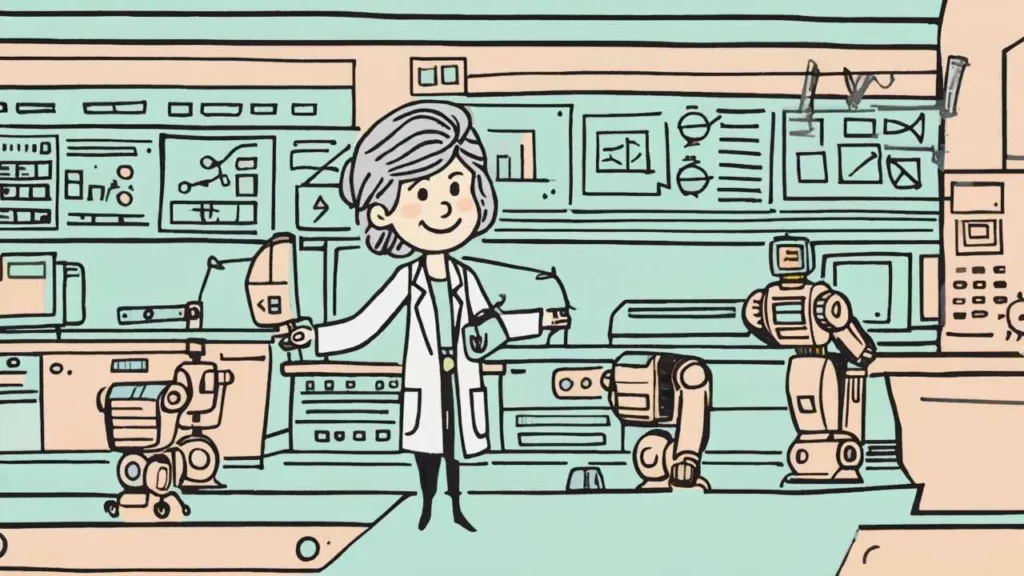
Legal Protections: Understanding Your Rights
As AI transforms workplaces, seniors need to understand their legal protections against age discrimination disguised as “modernization” or “digital transformation.” The Age Discrimination in Employment Act (ADEA) prohibits discrimination against employees 40 and older, and these protections remain fully in force during technological transitions.
What Constitutes Age Discrimination: If your employer targets older workers for layoffs while claiming AI implementation requires “fresh perspectives” or “digital natives,” this may constitute illegal age discrimination. Similarly, denying training opportunities to seniors while providing them to younger workers, or creating performance metrics that disadvantage older employees during AI rollouts, potentially violates ADEA. Document any patterns where age appears to be a factor in AI-related employment decisions.
Your Right to Training: Employers cannot refuse to train older workers on new AI systems while training younger employees. If your company implements AI tools, you have the right to adequate training and reasonable time to adapt. Requests for training accommodations—such as additional practice time, written materials to supplement video tutorials, or one-on-one coaching—are generally reasonable and should be provided.
Layoff Protections: If AI implementation leads to workforce reductions, layoff criteria must be non-discriminatory. Disproportionate impact on older workers requires legitimate business justification beyond age. If you’re selected for layoff, carefully review the severance package and consider consulting an employment attorney before signing any agreements, especially those waiving your right to sue for age discrimination.
Documentation Strategies: Keep records of your performance reviews, emails recognizing your contributions, and any communications suggesting age bias. Note if training opportunities are denied, if you’re excluded from AI-related projects, or if younger, less experienced workers receive preferential treatment. This documentation becomes crucial if you need to challenge discriminatory actions.
- EEOC Filing: You can file age discrimination complaints with the Equal Employment Opportunity Commission within 180 days of the discriminatory action
- State Laws: Many states provide additional protections beyond federal ADEA requirements—research your state’s specific laws
- Consultation Rights: You have the right to consult an attorney before signing severance agreements or arbitration clauses
- Retaliation Protections: Employers cannot retaliate against you for asserting your age discrimination rights
Real Stories: Seniors Thriving Despite AI
Case Study 1: Phoenix, Arizona
Robert Chen (64 years old) – Financial Services Manager
Robert’s bank implemented AI-powered customer service chatbots and automated loan processing systems in 2024. Initially anxious about his role’s future, Robert took a different approach. He volunteered to lead the AI implementation team, leveraging his 35 years of banking experience to ensure the AI systems aligned with customer service standards and regulatory requirements.
Rather than competing with AI, Robert positioned himself as the “AI supervisor”—the human expert who reviews complex cases, handles customer escalations, and ensures quality control. He developed training programs teaching other employees to work alongside AI tools effectively.
Results:
- Received a 15% salary increase for his AI oversight role
- Extended his retirement timeline by 5 years due to new opportunities
- Became his company’s go-to expert on AI implementation in financial services
- Developed consulting opportunities for other banks navigating AI adoption
“I realized AI wasn’t replacing me—it was freeing me to do the high-level work that truly required my experience. The technology handles routine transactions while I focus on complex problem-solving and relationship management.” – Robert Chen
Case Study 2: Tampa, Florida
Margaret Sullivan (67 years old) – Medical Billing Specialist
Margaret’s healthcare employer introduced AI software automating 70% of routine billing tasks. Rather than waiting for potential layoffs, Margaret proactively enrolled in certification programs for medical coding auditing and compliance. She studied AI systems’ common errors and positioned herself as the quality control expert.
She created a hybrid role combining her decades of billing knowledge with oversight of AI-generated claims. Margaret identifies patterns in AI errors, trains the system through feedback, and handles the most complex cases requiring human judgment about medical necessity and coverage determinations.
Results:
- Transitioned from a potentially automated role to a higher-level compliance position
- Increased her annual income by $18,000 due to additional responsibilities
- Developed expertise in AI quality control now in demand across the healthcare industry
- Plans to consult part-time after retirement, helping medical practices implement AI systems
“The key was not fighting the technology but understanding where it needed human expertise. AI is excellent at following rules but struggles with exceptions and edge cases—exactly where my experience shines.” – Margaret Sullivan
Case Study 3: Austin, Texas
David Martinez (62 years old) – Corporate Trainer
David faced potential obsolescence when his company adopted AI-powered e-learning platforms delivering standardized training content. Instead of accepting early retirement, David reinvented his role. He now designs training programs that combine AI-delivered content with human coaching, mentorship, and hands-on practice.
David focuses on soft skills training—leadership development, conflict resolution, communication skills—areas where AI cannot replace human interaction and feedback. He uses AI tools to handle administrative tasks like scheduling, progress tracking, and initial content delivery, while concentrating his energy on high-value human interactions.
Results:
- Expanded his training portfolio into executive coaching, a growing field
- Increased his client base by 40% by offering hybrid AI-enhanced coaching programs
- Commands premium rates for personalized leadership development services
- Published a book on “Human Skills in the AI Age” that became an additional income stream
“AI can teach ‘what’ and ‘how,’ but it struggles with ‘why’ and the emotional intelligence needed to apply skills in real workplace situations. That’s where experienced trainers like me provide irreplaceable value.” – David Martinez
Frequently Asked Questions
Should I learn to code or master AI programming to keep my job?
No, most seniors don’t need to become programmers. Instead, focus on becoming proficient users of AI tools relevant to your industry. Learn “prompt engineering”—how to effectively communicate with AI systems to get useful outputs. Understand AI’s capabilities and limitations in your field. Think of AI as a powerful tool you learn to operate, not something you need to build from scratch. Basic digital literacy and willingness to learn new software matters more than programming skills.
Is it too late to change careers at 60+ if AI threatens my current job?
It’s never too late, though strategic pivoting works better than complete career changes. Look for adjacent roles that leverage your existing expertise while moving toward less automation-prone work. For example, an accountant might shift toward financial advisory or forensic accounting; a journalist might move into corporate communications or content strategy. Your experience remains valuable—it’s about repositioning how you apply it. Many successful second careers launch in people’s 60s, especially in consulting, teaching, or skilled services.
How can I tell if my employer is using AI as an excuse for age discrimination?
Warning signs include: targeting primarily older workers during “modernization” layoffs, denying training opportunities to seniors while providing them to younger employees, creating new performance metrics that disadvantage experienced workers, sudden negative performance reviews after years of positive evaluations coinciding with AI implementation, and excluding older employees from AI-related projects or planning. Document these patterns and consult an employment attorney if you suspect discrimination. The ADEA prohibits age discrimination regardless of technological changes.
What if I’m uncomfortable learning new technology—am I doomed?
Discomfort with technology is common but manageable. Start small: take one AI tool relevant to your work and commit to learning it thoroughly. Many employers offer training, and community colleges provide affordable courses for seniors. YouTube tutorials, online workshops, and patient younger colleagues can help. Remember, you’ve adapted to major technological changes throughout your career—from typewriters to computers, from paper files to digital systems. This is another transition, and you have the learning capability. Focus on relevant tools, not trying to master everything.
Will AI replace doctors, lawyers, and other professional jobs?
AI will transform these professions but not replace them entirely. In medicine, AI assists with diagnosis and treatment planning, but doctors make final decisions and provide patient care requiring empathy and judgment. In law, AI handles document review and legal research, but attorneys still provide strategic counsel, courtroom representation, and client relationships. These professions will likely see roles evolve: more focus on interpretation, strategy, and human interaction, with AI handling analytical and administrative tasks. Senior professionals with deep expertise and client relationships face minimal displacement risk.
Should I accept early retirement if my company offers it during AI implementation?
Consider carefully—early retirement offers during AI transitions may be strategic on the employer’s part but disadvantageous for you. Evaluate: your financial readiness for retirement, whether you’d miss working, alternative job opportunities, the generosity of the severance package, and whether age discrimination might be occurring. Consult a financial advisor before accepting. If you’re not ready to retire, declining and positioning yourself as an AI-savvy employee might be smarter. Consider negotiating for a consulting arrangement instead of full retirement.
Can I successfully freelance or consult in my 60s and 70s despite AI competition?
Absolutely. Consulting and freelancing increasingly favor experienced professionals. Clients hire consultants specifically for wisdom, strategic guidance, and seasoned judgment—exactly what AI cannot provide. Your network, reputation, and deep expertise become assets in consulting. Many successful consultants start after 60, offering services like interim leadership, strategic planning, specialized problem-solving, and mentoring. AI tools can actually enhance your consulting practice by handling research, document preparation, and administrative tasks while you focus on high-value client interactions.
How do I explain my value when competing against younger workers who are “digital natives”?
Flip the narrative: emphasize complementary strengths rather than competing on the same terms. Younger workers may learn technology quickly, but you bring context, judgment, relationship skills, and pattern recognition from decades of experience. Position yourself as the “interpreter” who helps integrate new technology with organizational realities. Offer to mentor younger employees, combining their technical skills with your strategic knowledge. Many employers value multi-generational teams that blend digital fluency with seasoned expertise. Your value isn’t despite your age—it’s because of it.
What are the best online resources for seniors to learn about AI and stay current?
Start with AARP’s technology resources, which cater specifically to older adults learning new skills. LinkedIn Learning offers courses on AI basics, tailored by industry. Coursera and edX provide university-level AI courses with senior-friendly pacing. YouTube channels like “TechSeniors” and “SeniorPlanet” offer practical tutorials. Your local library likely provides free access to learning platforms like Lynda.com. Community colleges often have affordable continuing education courses on AI and technology. Join professional associations in your field—many now offer AI-focused webinars and resources for members.
If I’m forced out due to AI, what are my options beyond unemployment?
Multiple paths exist: consulting in your field of expertise, teaching or training (community colleges, corporate training, online courses), starting a small business leveraging your experience, part-time work in less automation-prone areas, joining the “gig economy” with flexible freelancing, volunteering that builds new skills while giving back, and semi-retirement with strategic part-time work. Many seniors find unexpected fulfillment in second careers that weren’t available during their primary working years. Age discrimination laws provide some financial cushion if you’re illegally terminated. Career coaches specializing in senior transitions can help identify options.
Action Steps: Your 30-Day AI-Proofing Plan
- Week 1 – Assessment: Honestly evaluate your job’s automation risk using online tools like the Oxford AI Job Risk Calculator. Identify which tasks are routine versus requiring judgment and relationships. Research how AI is being implemented in your industry specifically.
- Week 2 – Skill Inventory: List your uniquely human skills: relationship networks, institutional knowledge, crisis management experience, mentoring abilities, and complex judgment expertise. These are your competitive advantages. Identify gaps where basic AI literacy would help.
- Week 3 – Learning Initiative: Choose one AI tool relevant to your work (ChatGPT for writing, Copilot for productivity, industry-specific AI applications) and commit to learning it. Dedicate 30 minutes daily to practice. Ask IT department or younger colleagues for help getting started.
- Week 4 – Strategic Positioning: Schedule a meeting with your manager to discuss your role in AI implementation. Volunteer for AI-related committees or pilot programs. Document your institutional knowledge in useful formats (process guides, training materials, case studies). Update your resume emphasizing AI-adjacent skills and adaptability.
- Ongoing – Network Building: Join professional associations focused on AI in your industry. Connect with other senior professionals navigating similar transitions. Consider finding a mentor or coach specializing in career development for older workers.
- Plan B Development: Simultaneously explore consulting opportunities, part-time alternatives, or adjacent career paths in case your current position becomes untenable. Having options reduces anxiety and increases negotiating power.
Disclaimer
This article is for informational purposes only and does not constitute legal, financial, or career counseling advice. Employment law varies by jurisdiction, and AI’s impact on specific jobs depends on numerous factors. For personalized guidance regarding your employment situation, consult with qualified professionals including employment attorneys, financial advisors, and career counselors. Information about AI capabilities and job market trends reflects 2025 research but continues evolving rapidly.
Published: October 17, 2025. Information current as of publication date. Laws, technology, and workplace practices may change.
Related Articles
Updated October 2025



 Visual Art by Artani Paris | Pioneer in Luxury Brand Art since 2002
Visual Art by Artani Paris | Pioneer in Luxury Brand Art since 2002

